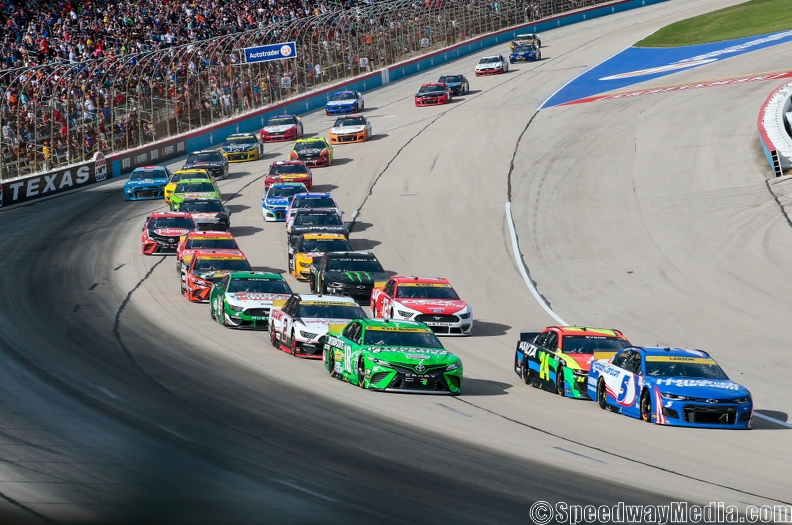The common idea for new drivers-teenagers-is to get them a beat-up old car that will take them from point A to Z without any frills. As long as the car’s still running, that should be fine. Some parents, however, are thinking of buying a new car for their teenage kids because of all the safety features in more recent vehicles. Should you listen to this advice too? Is it practical to get your teenager a new car while you drive the old minivan to work? And what about the budget? Shouldn’t they only have what they can afford from their babysitting duties?
What Changed?
In the olden days, teenagers would go to no-credit-check car lots and get their first car with the money they earned from working as the wait staff or babysitting their younger siblings. This is still the most viable method for teenage kids to get their cars. You have to make them work for it.
But as time passed by, parents have become more concerned about what these kids are doing when they’re behind the wheel. Sure, they are amiable and sweet at home, but what can peer pressure do? Shouldn’t parents give them a better car if they find themselves driving outside of the state? What happens when that old, beat-up car breaks down along the way?
The First Car Should Be a New Car with All the Safety Frills
Cars are becoming safer year after year. The vehicle you drive today has all the safety features that you wouldn’t even think were possible 10 years ago. They have blind-spot warnings, automated brakes, parking assistants, cameras, lane assist, and many more. Some cars even come with pedestrian detection and lane departure warning so you know if you’re unintentionally leaving your lane.
It’s safe to say that cars of today are the better versions of the cars you drove back when you were a teenager yourself. So, why should you give that “unsafe” car to your kid and drive the one with the better safety features? Does it make sense? Between a parent and a teenager, who is the safer driver? Your teen will not be a better driver than you-not in a few more years, at least. Until they have driven 20,000 miles, they wouldn’t have the same driver’s intuition you’ve developed through all the years of driving.
The safety features of modern cars will keep your kids safe behind the wheel and help them qualify for the best insurance for young drivers. These cars are also not prone to breaking down, which means it’ll be safe for your teens to take them for a road trip. Admit it. No matter how much you try to stop them from taking those road trips, they will still manage to do them.
The First Car Should Be an Old Truck
Then, of course, there is also this belief that no matter how many safety features the car has, teenagers will do what they want to do and when they want to do it. They are going to do unthinkable things once they get behind that wheel. That’s how teenagers are, no matter if you try to turn them into the most responsible drivers ever. They are going to succumb to peer pressure and many other things that affect their social lives.
Instead of giving them the new car with all the automated features, why not teach them the situations they will find themselves in on the road? These are better arsenal than depending on electronic helpers. At the end of the day, if your kids know never to use their phones while driving and never allow any distractions to take their eyes off the road, then they’ll be safer than all the safety aids combined.
However, an old truck is the best car to have because the family minivan means your kid will be the designated driver of a group. The larger the car is, the more people can squeeze into it. And you know what happens when teenagers get together, right? It’s not like you have never been a teen yourself. A regular pickup is the best choice because it has enough height so your kids can see the road clearly. It is also sturdier compared to sedans.
The most important thing to do is teach your teenage kids how to drive responsibly. Their safety and the safety of their passengers will depend on that. Once you are confident that they know how to respond to what happens on the road, you can give them the car you can afford for them to have.







